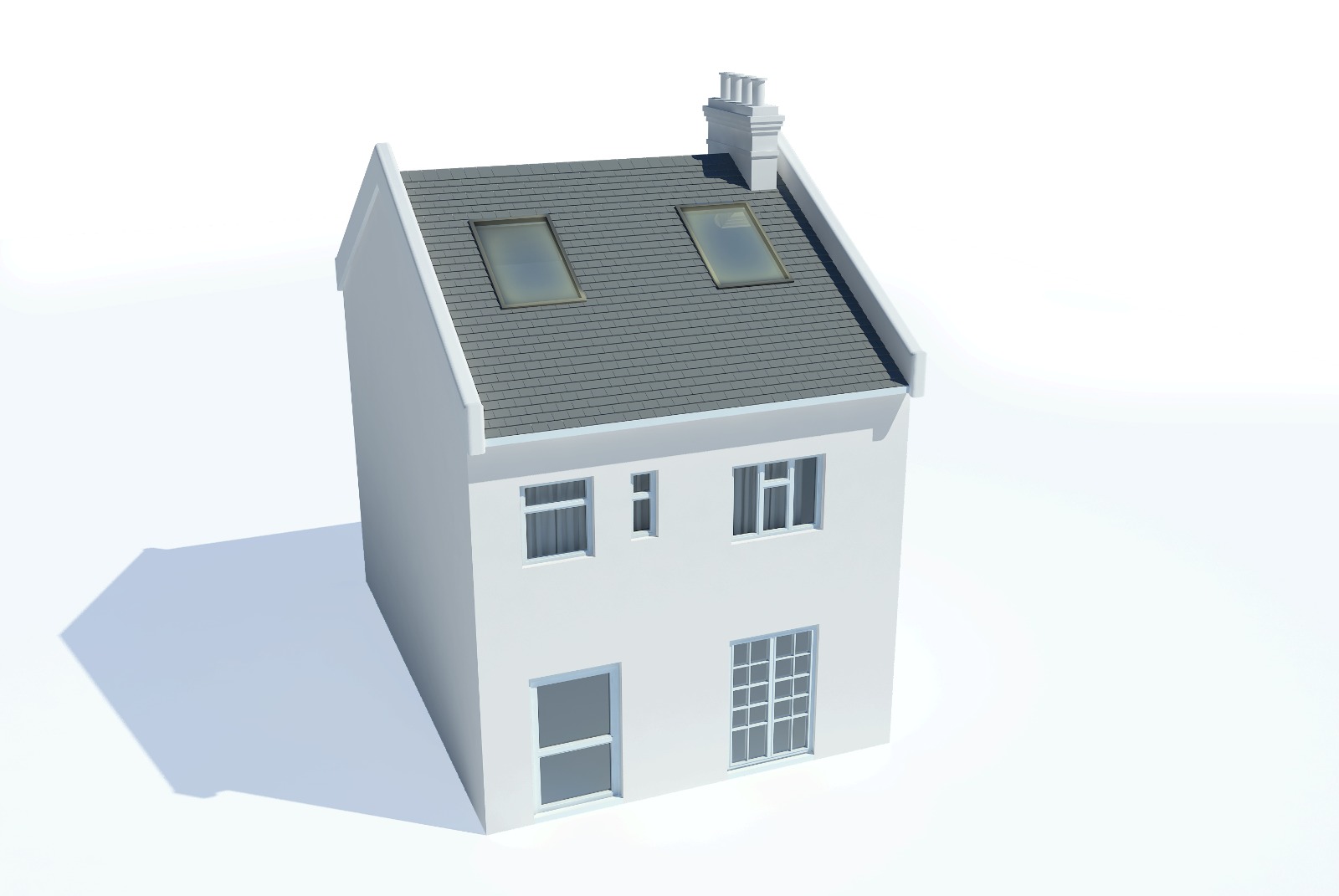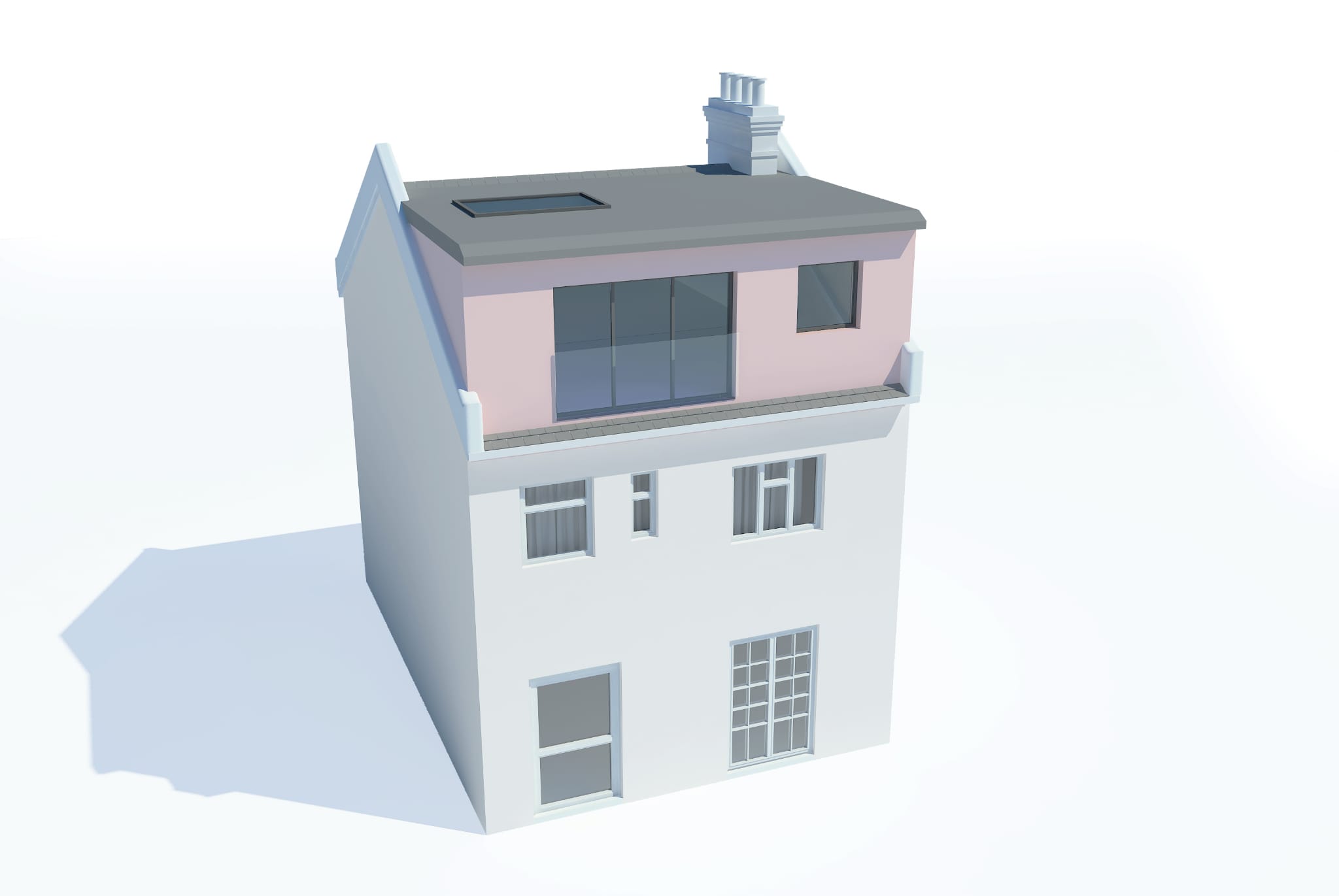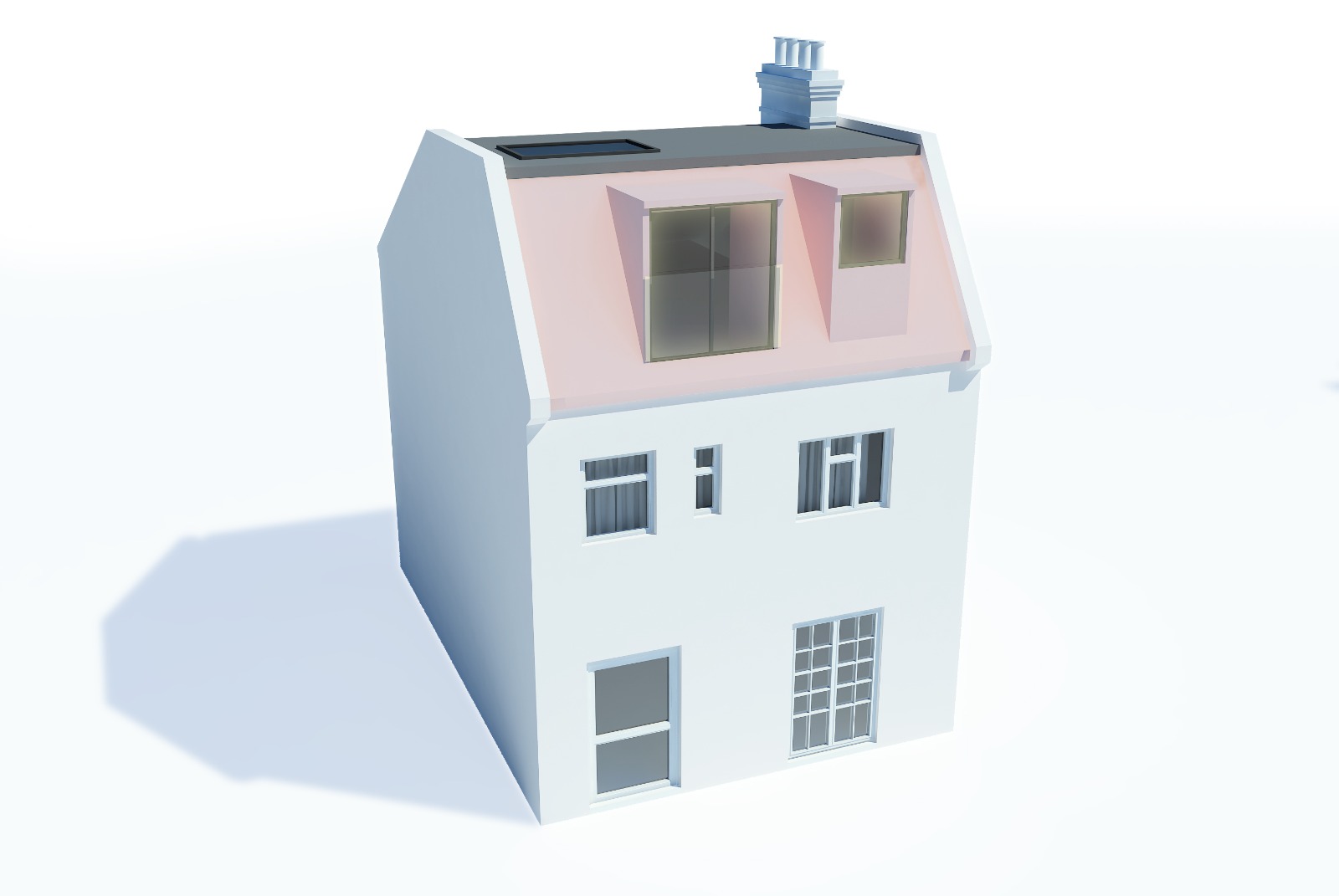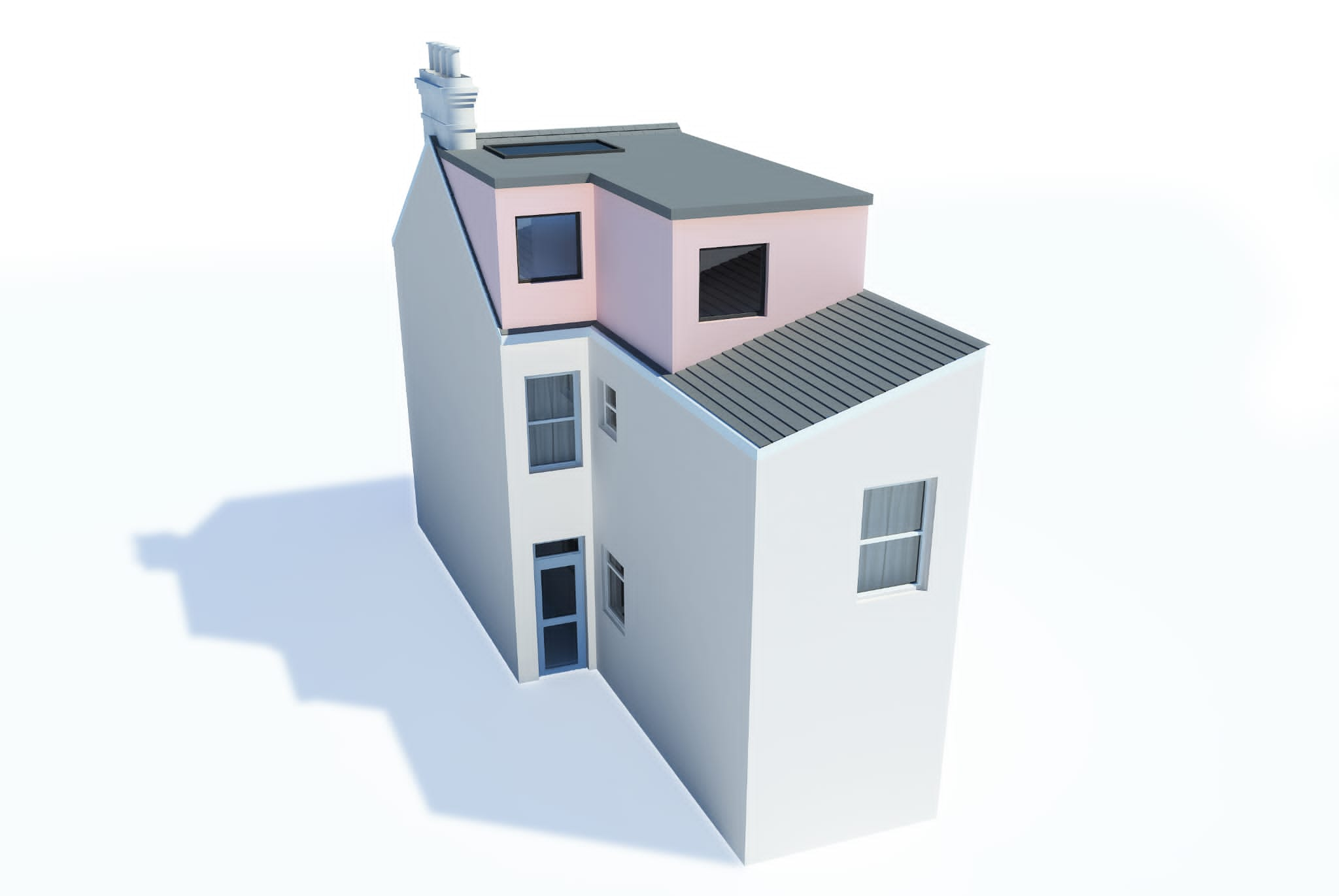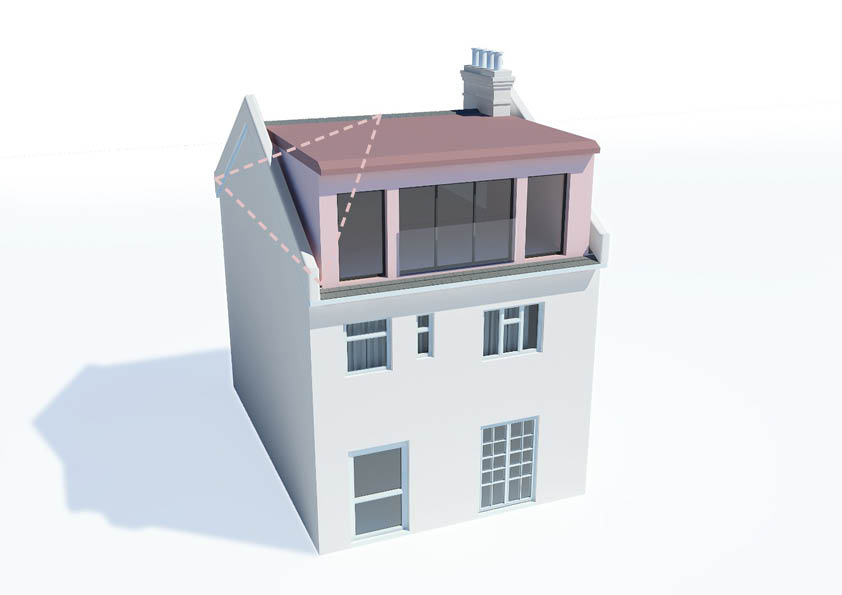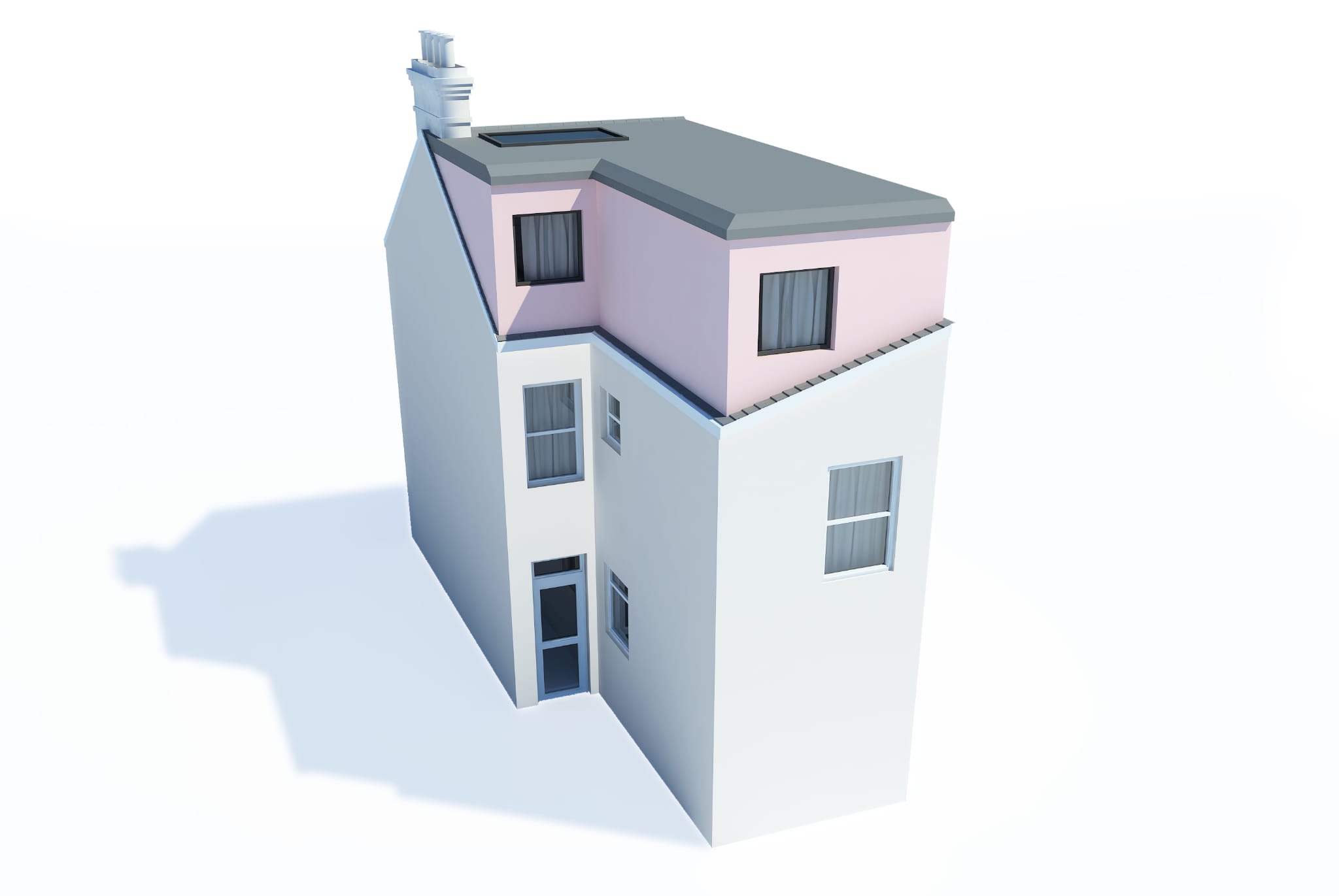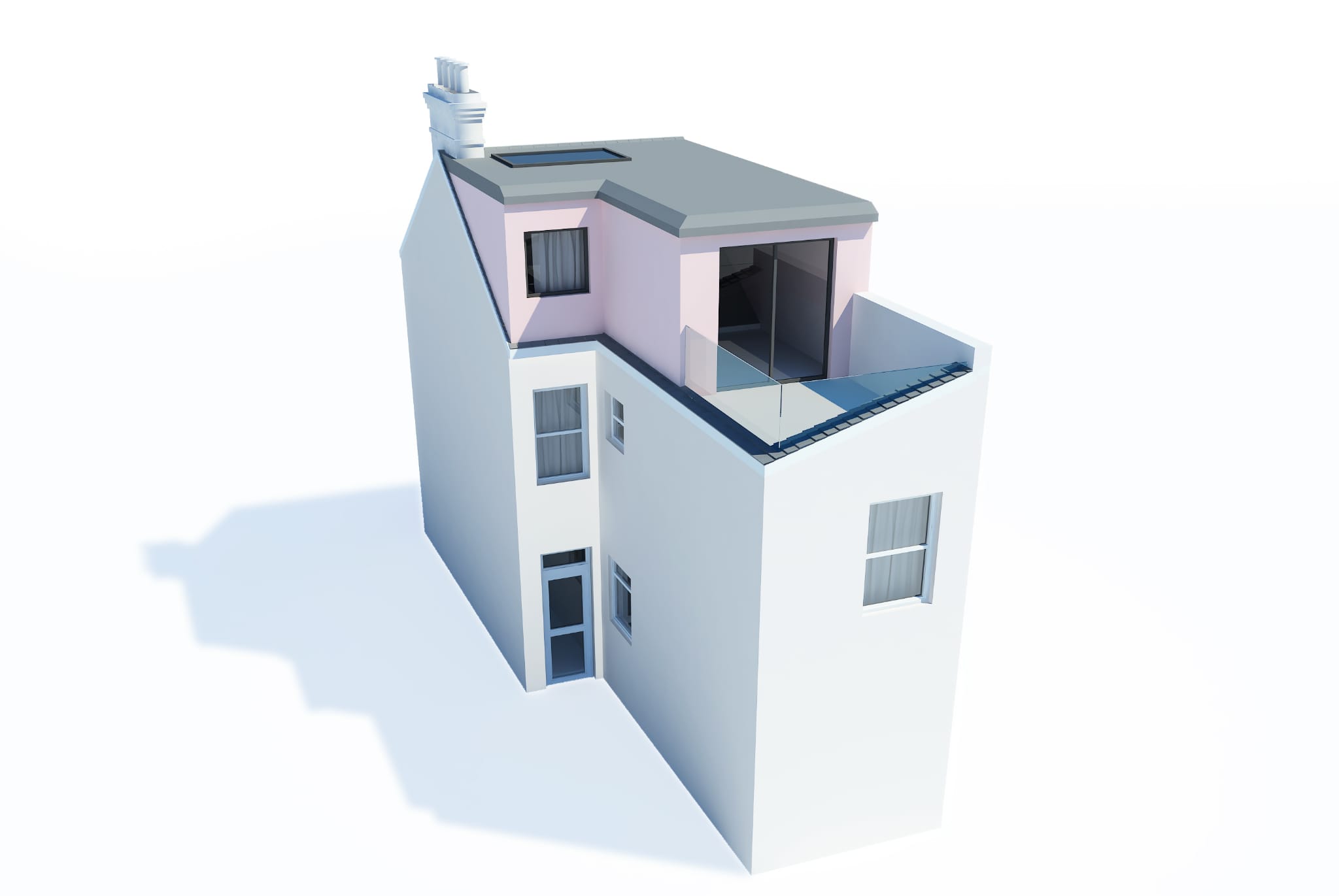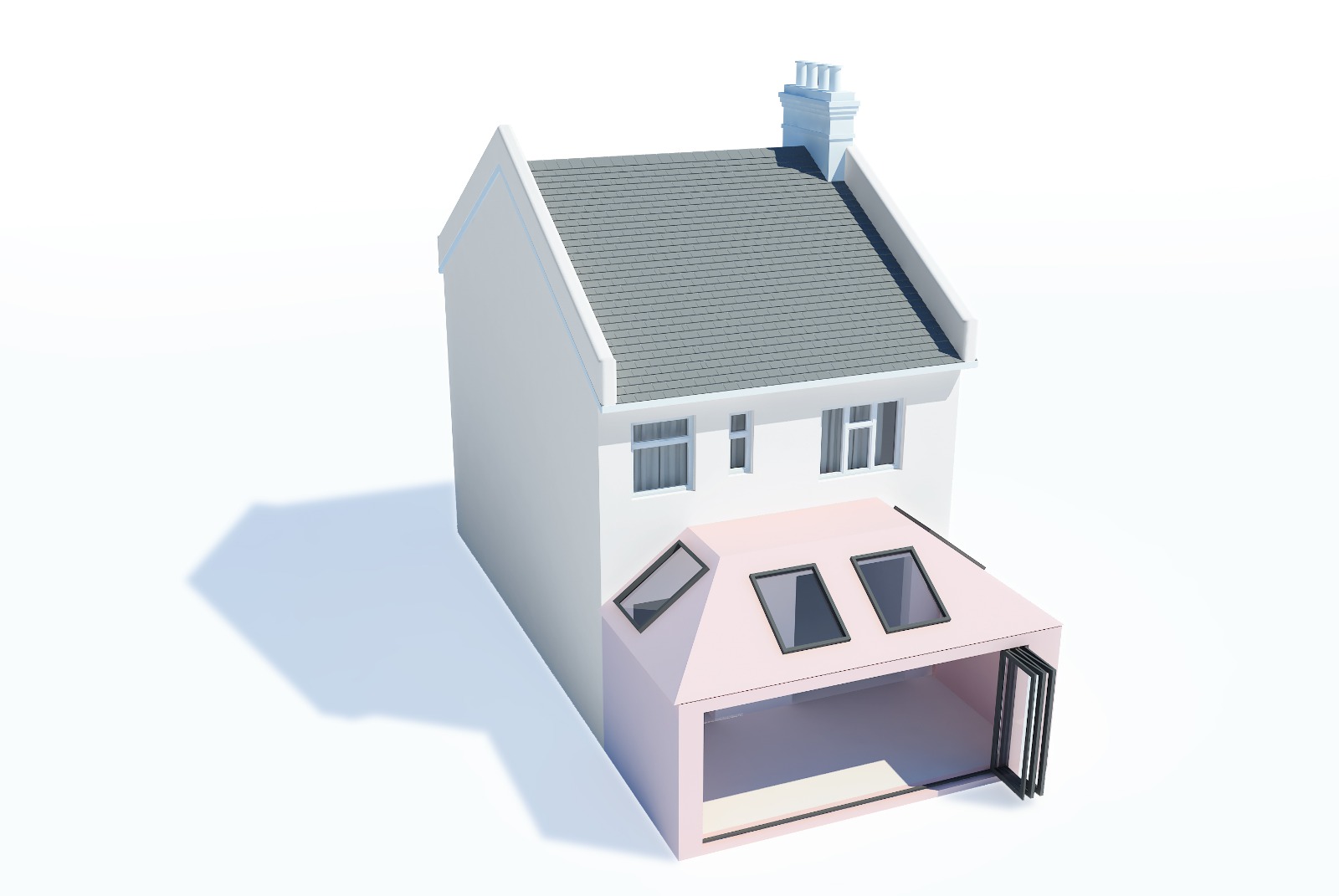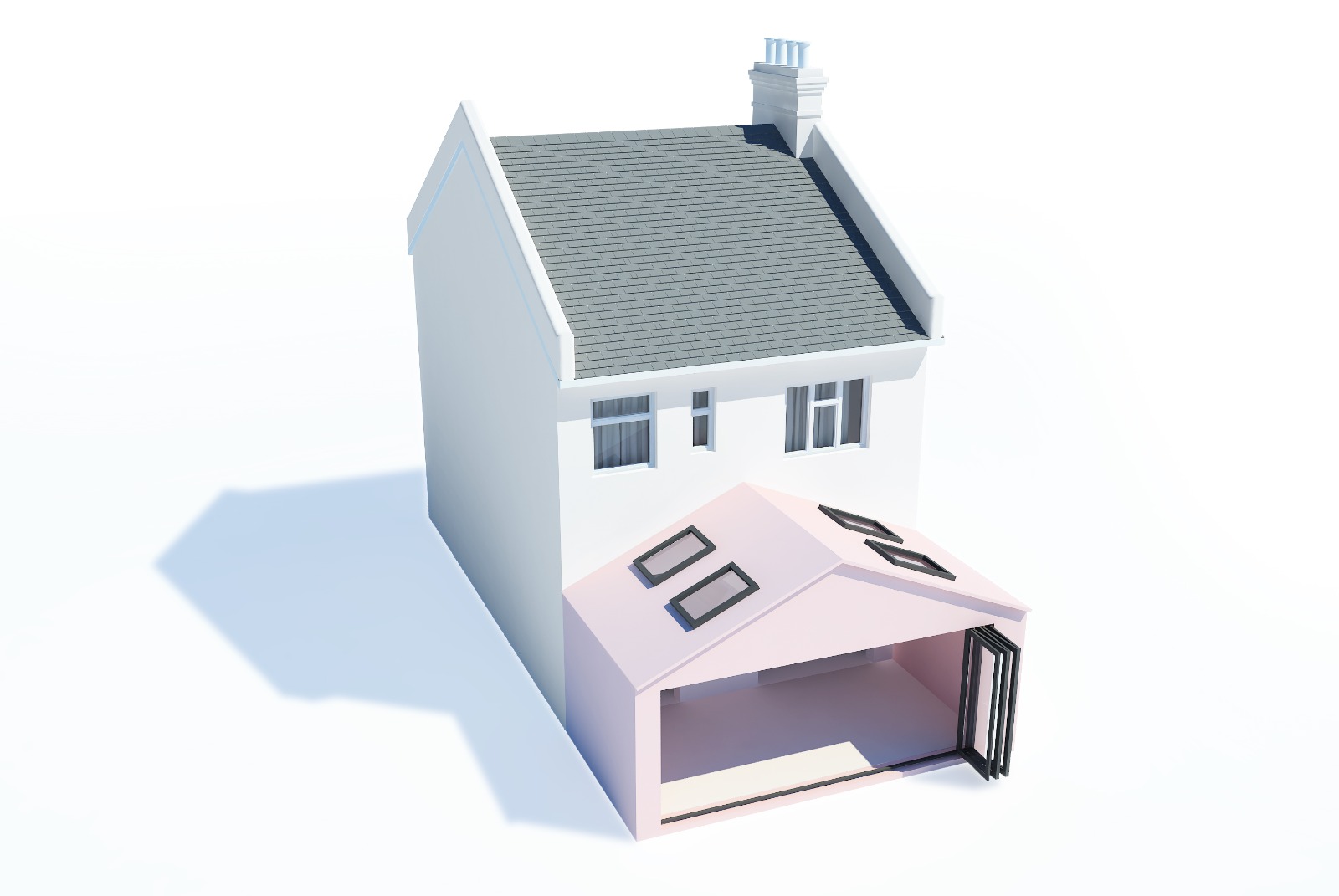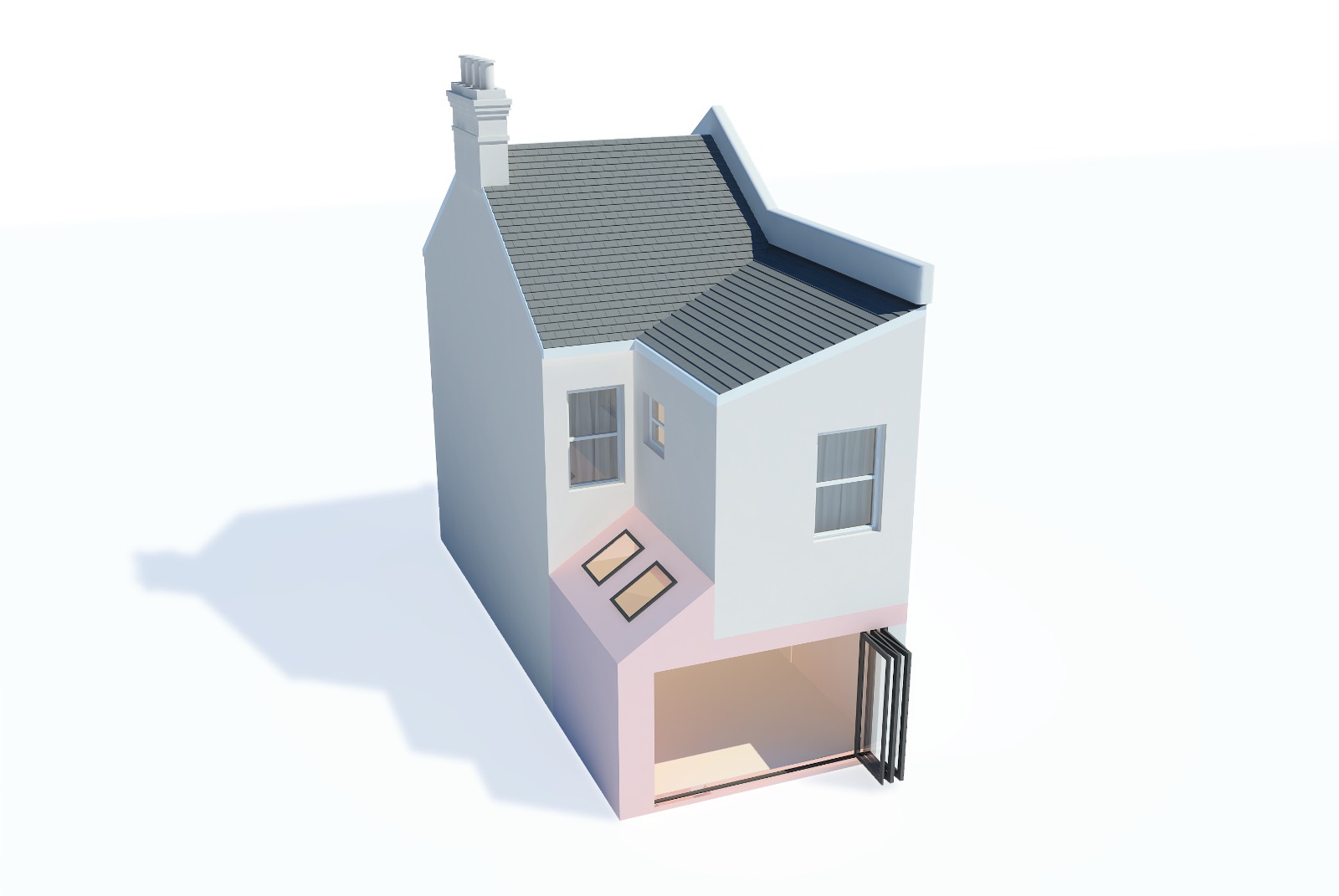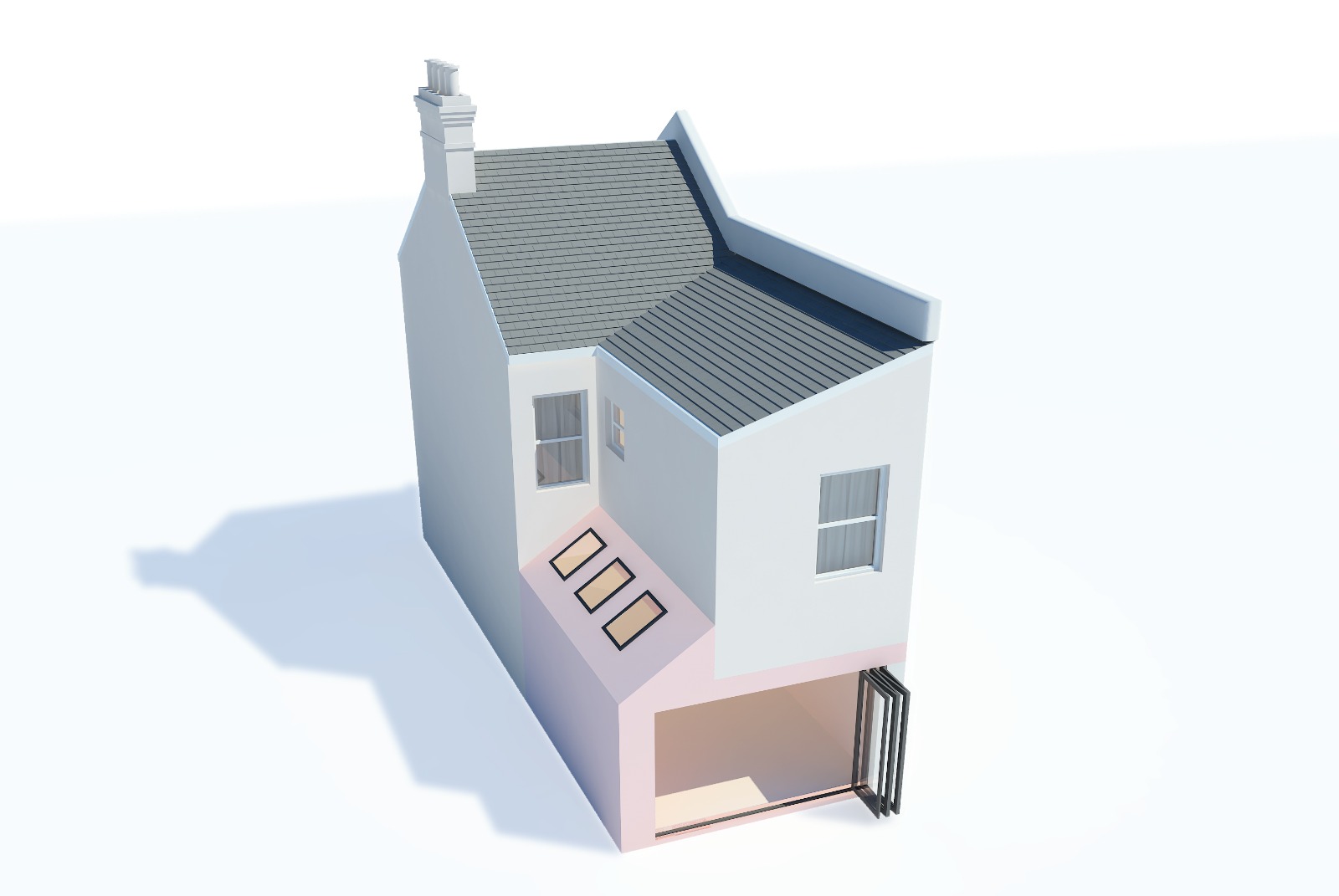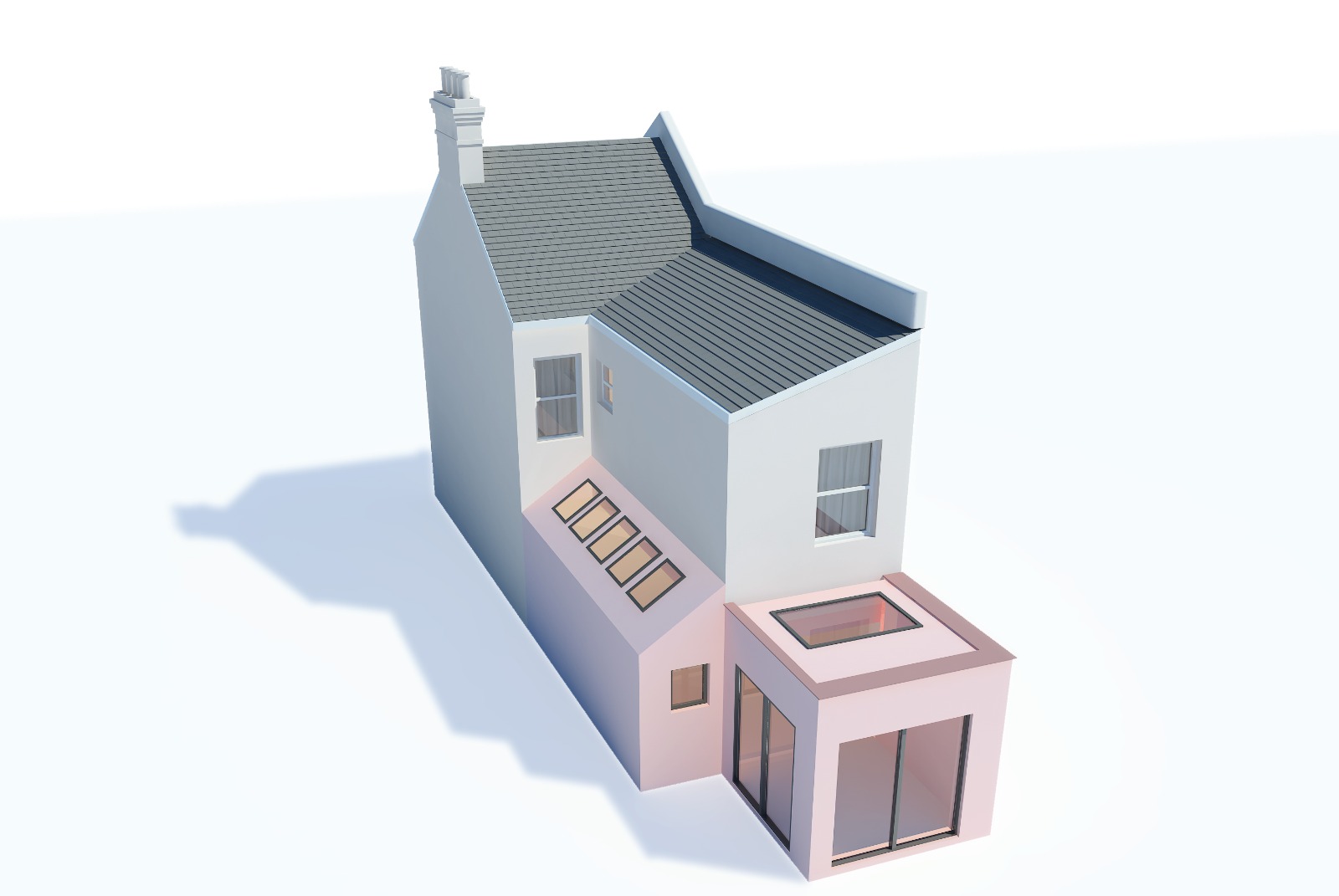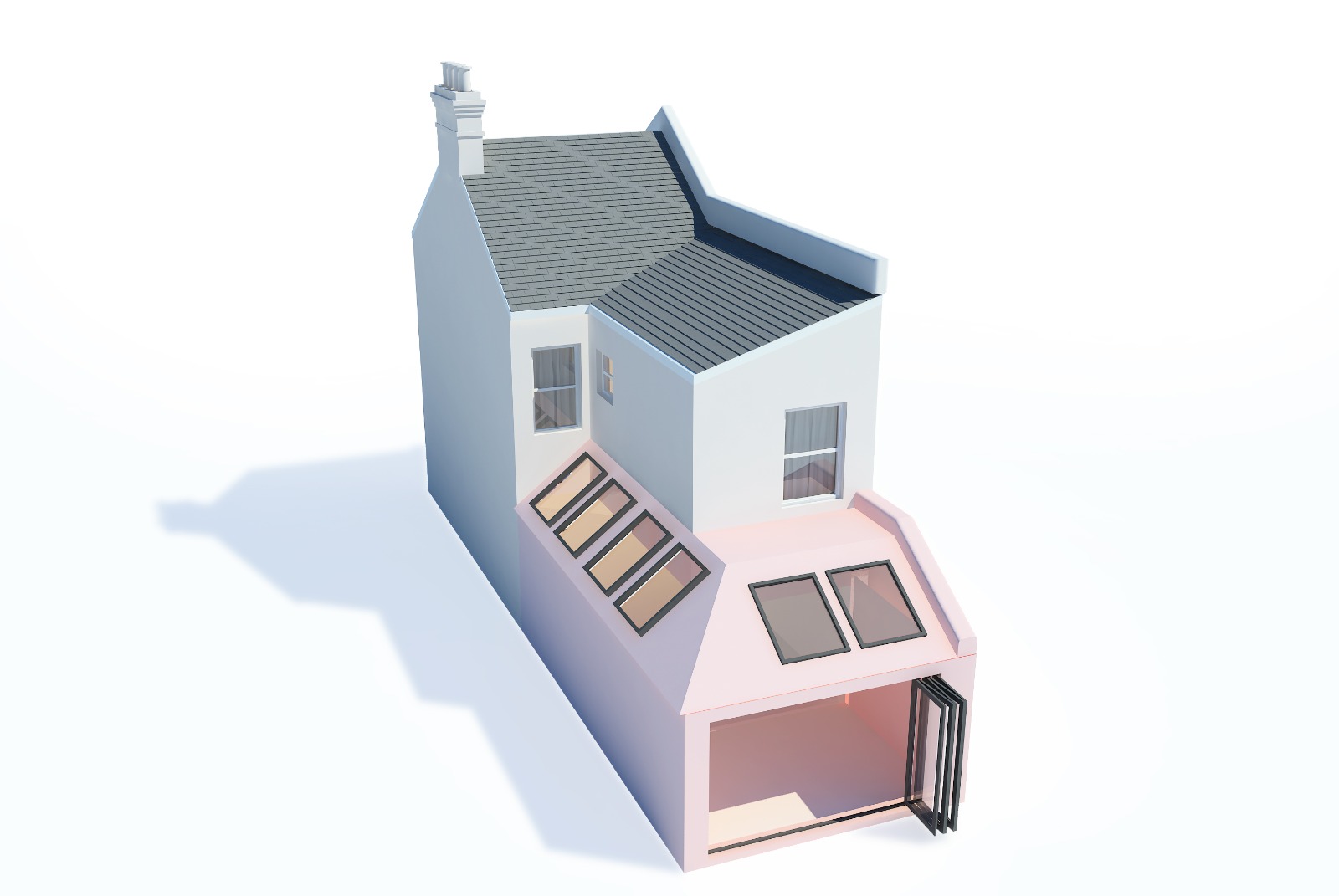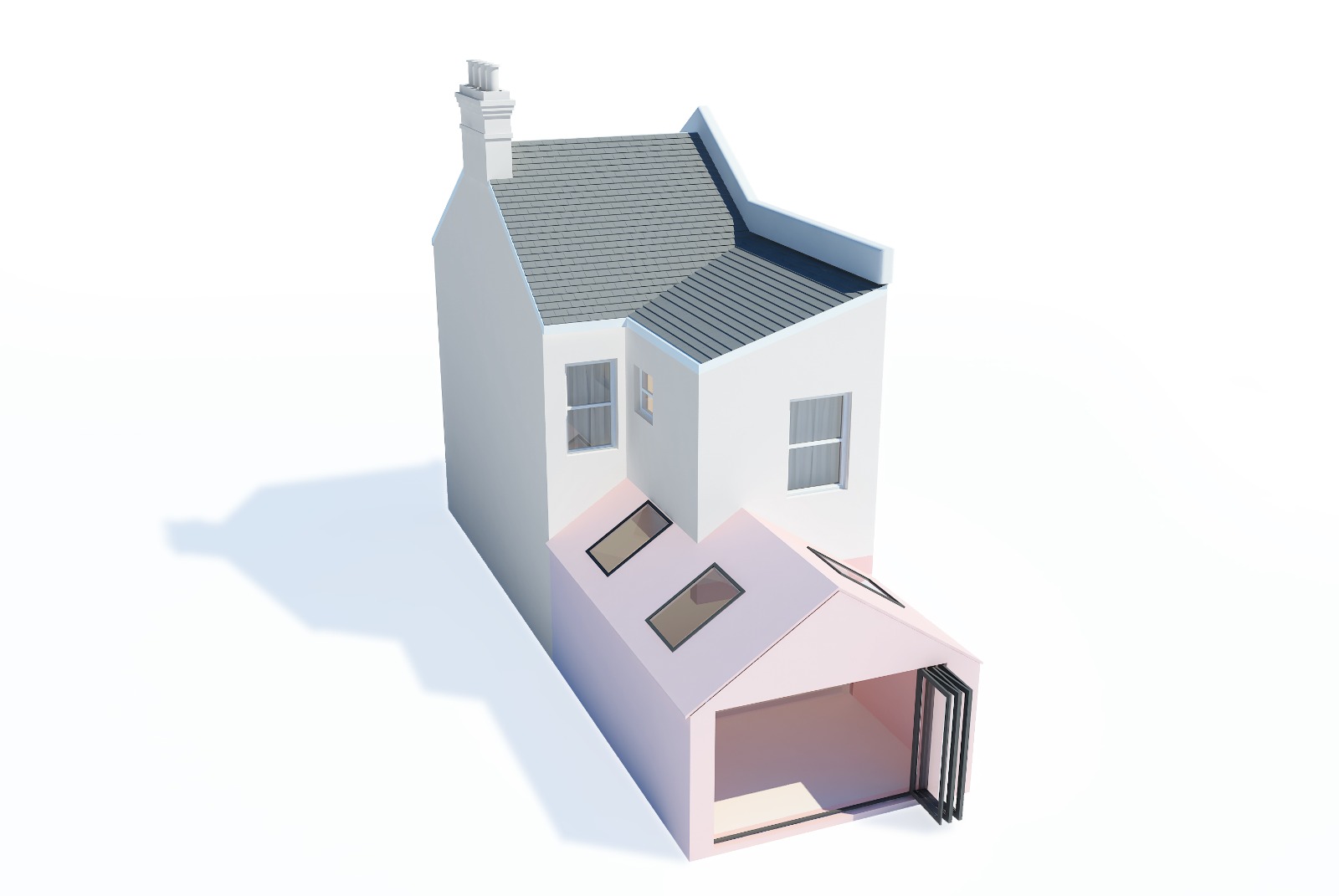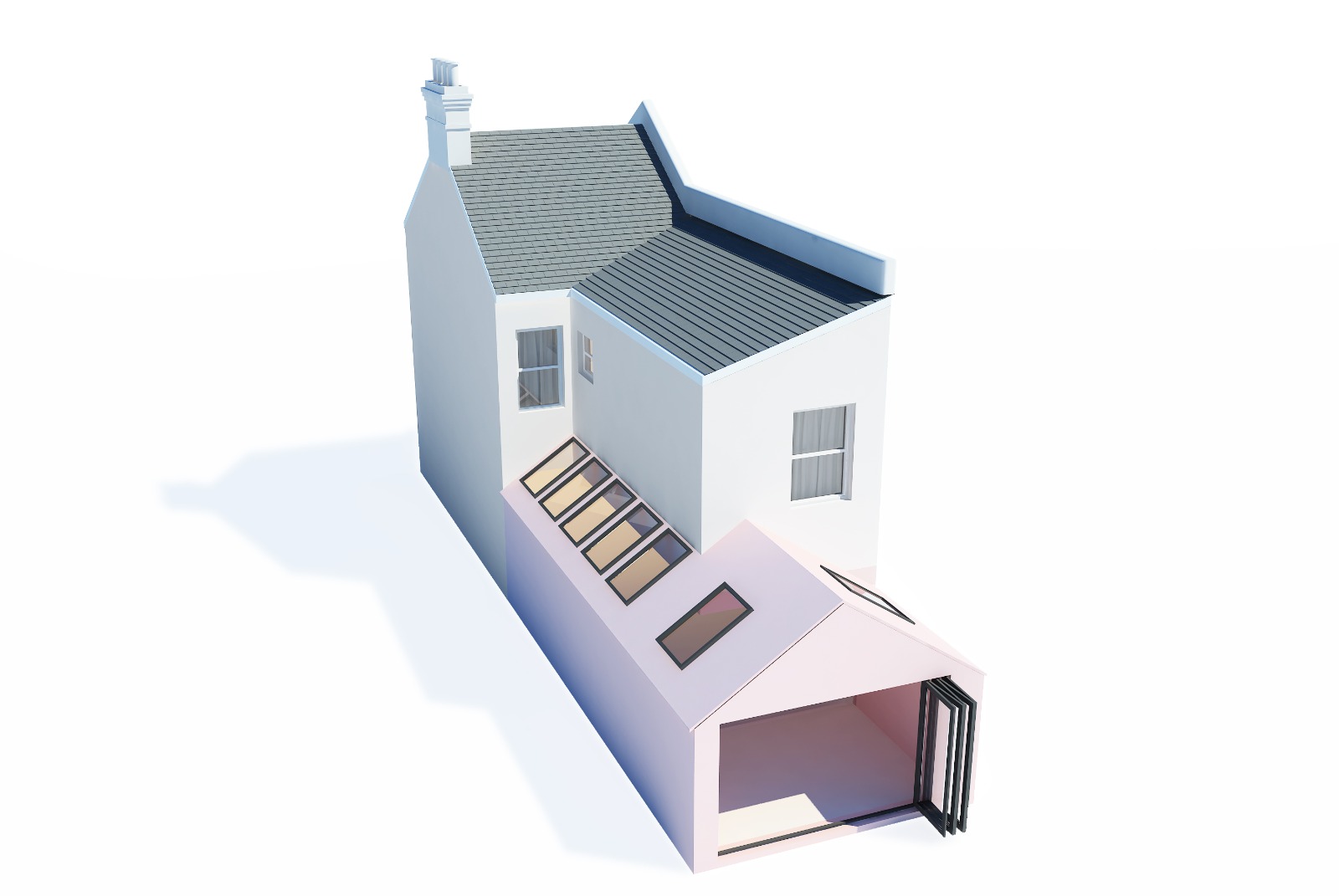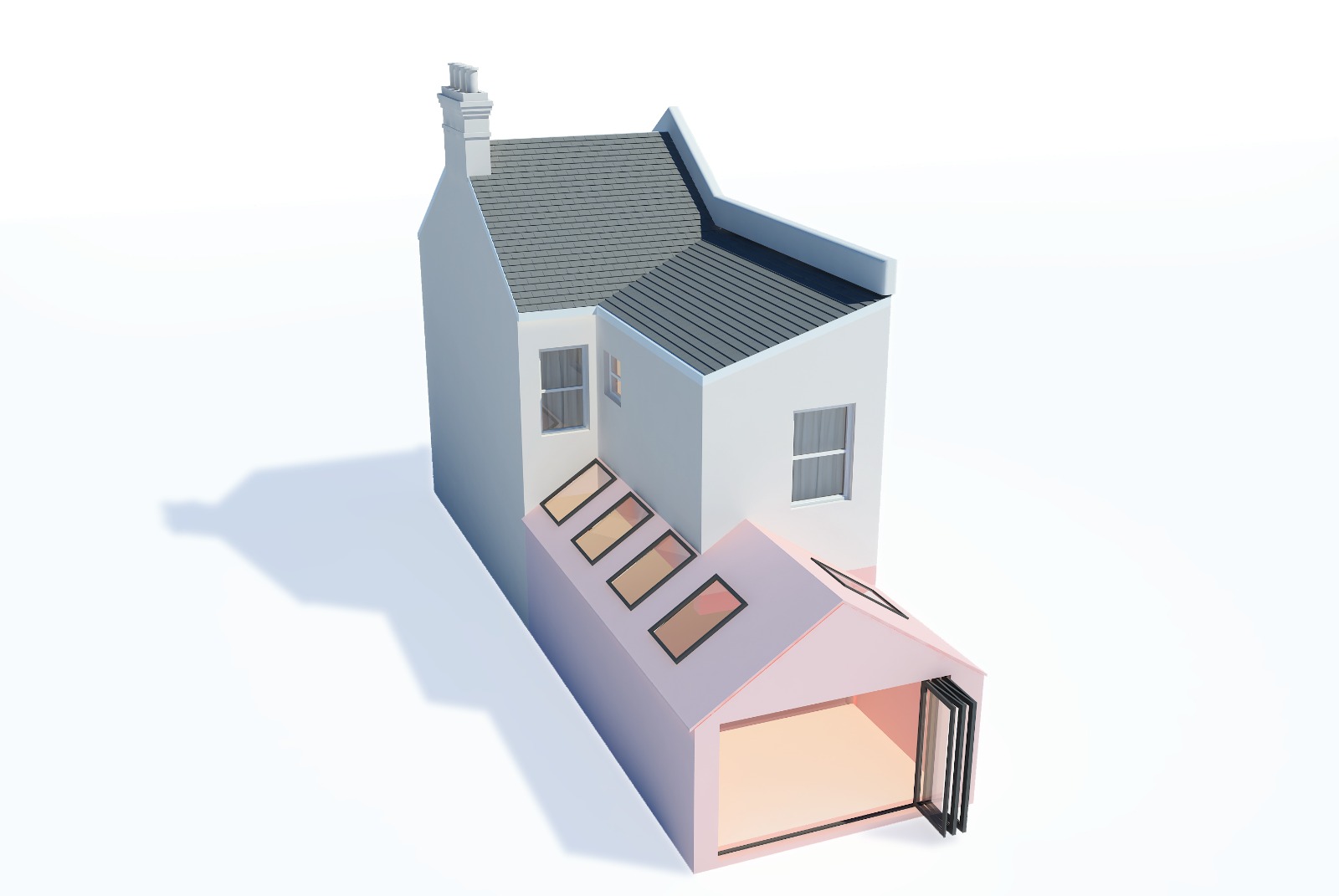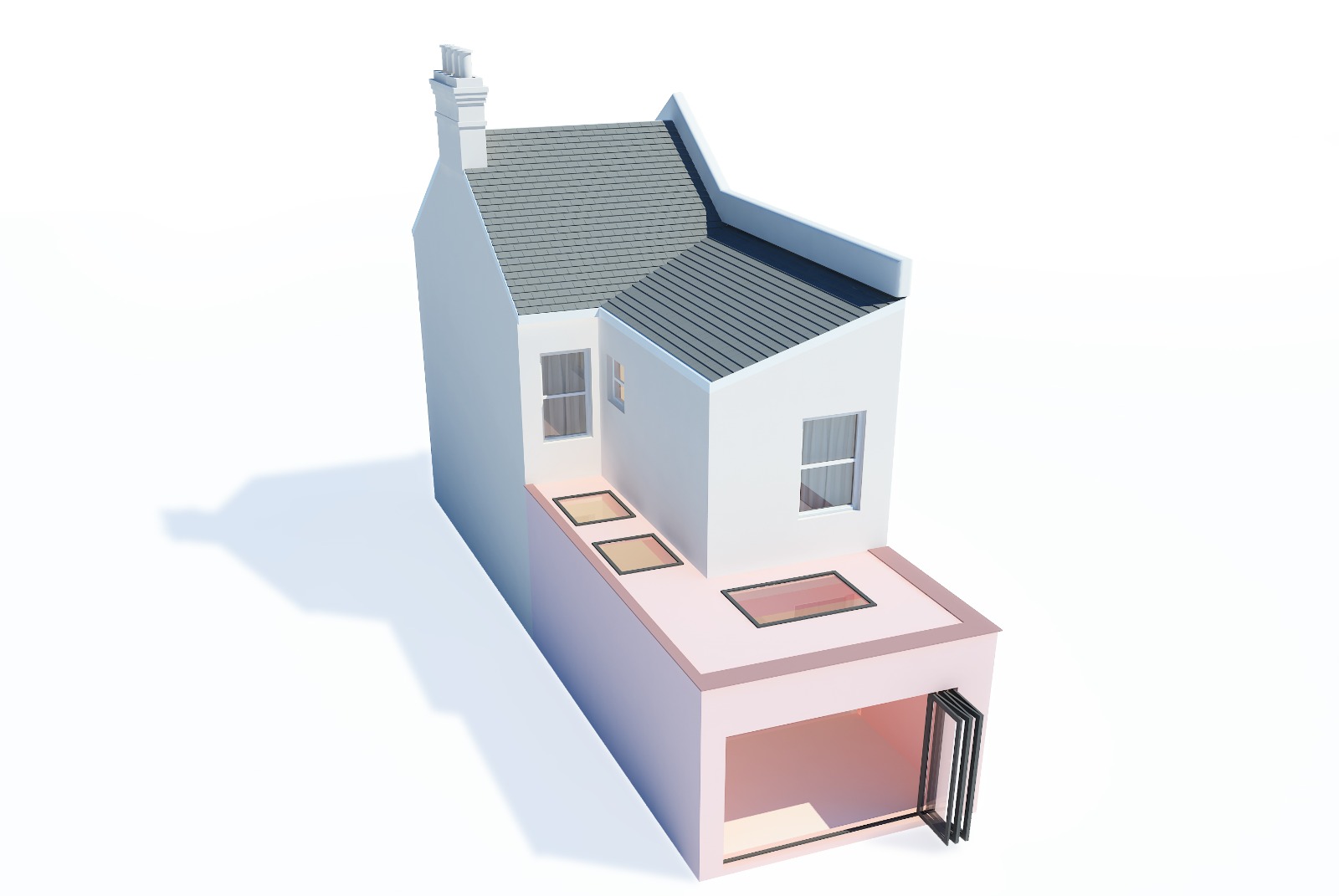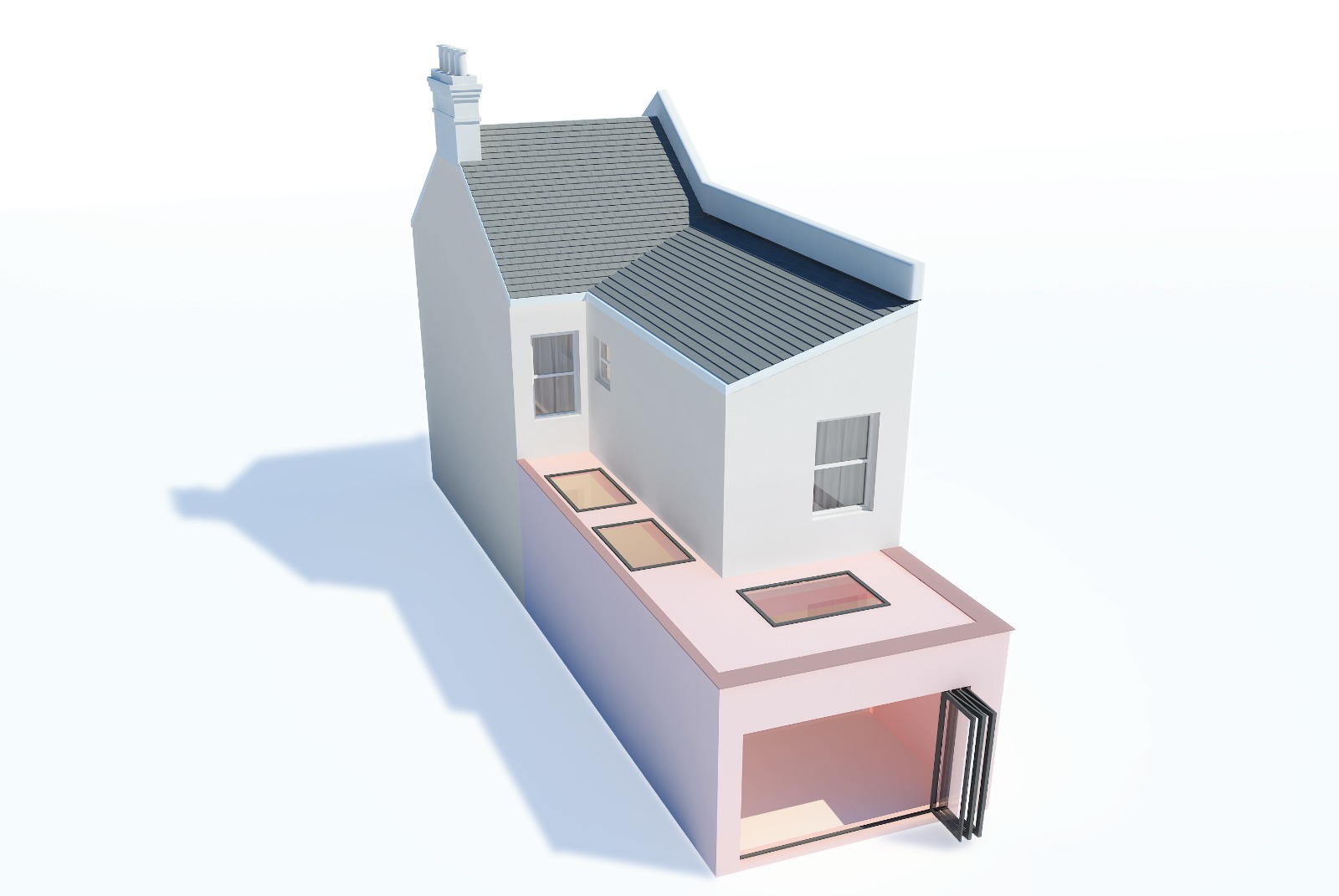Wraparound Extensions London can considerably improve your property footprint. It combines both a Side Return and a Rear Extension, forming an L-Shape. Period properties and early to mid 20th Century properties have a narrow and shaded garden passage that runs alongside the house. The infill of this alleyway is called a Side Return. Rear Extensions extend floor space along the width of the property at the back, usually from one garden wall to the other. The hybrid of both increases your floor area lengthwise and crosswise. A Wraparound can be single-storey or double-storey.
Both extensions utilise the side alleyway, which is often an area underused by homeowners due to its restrictive size. The Side Return enables a lengthways extension, which is unique and useful, especially when you need to broaden a space rather than lengthen. It is also the perfect design when you need to make only a marginal change to your floor area. The Wraparound extension does both by extending the proportions in length and breadth. It allows you to gain more functionality from the space it creates. When you don’t want to use up too much of your rear garden, it becomes the perfect option to spread out space without overcrowding the garden. You get the open-plan as well as enclosed choices with a Wraparound. For example, you can build a bathroom, a utility room, or a small library in the Side Return area and keep it separated from an open plan kitchen and dining area of the Rear Extension space.
Outside the box shape – While the simple L-shaped box is the most common design when it comes to this extension type, you can combine a pitched roof and a flat roof or add two pitched roofs that merge. One roof can even be higher than the other for a modern look, and also for practical reasons if you prefer a high ceiling.
Study area – With a generous-sized kitchen in the offing, you can add a study area where kids can do their homework. This way, there is no need to clear the dining or kitchen table in a hurry every time you have your meals. You can even help them out with their homework as you prepare meals. It can also become a place for you to catch up on your office work.
Entertainment room – By moving the kitchen to the new Rear and Side Return areas, you can free up the old kitchen area for an entertainment room.
Mixing material – The use of glass and brick or timber and glass offer a more contemporary and complementary feel. When part of the rear elevation mimics the old, it appears to belong to the overall architecture.
Divider – With a multi-functional room divider, you can separate the kitchen area and a sitting area at the back of the house. When the house is too noisy, you can escape with your guests to this area for a quiet time. With doors peeled off, it can even feel like a garden room.
- Wraparound extensions create bigger living spaces than other extensions.
- You not only get to expand your kitchen area but also add a dining room, a utility room, cloakroom, a bathroom, a bedroom, or a lounge area.
- They allow the open plan design to live up to its full potential.
- The design brings light to the centre of the house, ideal for a courtyard.
- The flexibility of the design enables you to reorganise your floor plan.
- They create better cohesiveness and symmetry than a single extension.
- They are the cheaper alternative to buying a new house.
- If your garden is short, the Wraparound provides enough space within guidelines.
Almost always, yes. Although permitted development allows you to build a Side Return Extension and a Rear Extension without the need for approval, to join the two, you need planning permission. It should never be a discouragement as we handle the planning application process. We take on this responsibility due to our extensive understanding of local planning guidelines, and our designs follow the rules. A good architect always knows how to draw a foolproof design with building regulations well in place. Plans must adhere to the following to stay within regulation;
- Extension roof light and skylight options should not protrude more than 150mm beyond the plane of the roof slope, and these should not be higher than the highest part of the roof
- Roof lights and skylights in the side elevation roof slope must be obscured-glazed. They should be non-opening or more than 1.7m above the floor level
- Single-storey extensions must have flooring with thermal insulation and resistance to ground moisture
- Either Purge or Trickle Ventilation should provide adequate ventilation to the new rooms, and Extract Ventilation for kitchens, bathrooms, utility rooms, or toilets must be present
- Windows and doors are similar in appearance to the rest of the house
- Proper fire safety within the new building
- Substantial support for non-load bearing and load-bearing walls
- Adequate sound insulation
There are additional restrictions in place if you live in a designated area or a listed building. You will need planning permission for any significant internal and external works if that is the case. The project manager we assign ensures the highest quality building work throughout the project.
In London, it can cost you around £55,000 upwards. The size of your property and the functionality of the space determine the cost. We offer easy payment plans and details the full cost in our itemised quote. You will also have two separate contracts instead of one, which narrows down your commitment.
Contact Good Design & Build to explore your property’s potential with skilled innovation and trusted accountability.
How we deliver projects
Our process is simple and divided into two distinct phases with separate contracts: Design and Build. As a client you only commit to one phase at a time depending on what stage of the process you are in. Each phase consists of three stages as described below.
1. Design
This is the kick-off point for your project. We carry out a complete architectural measured survey of the property. This allows us to create accurate CAD design drawings. This is followed by a design meeting to start discussing your ideas in more detail.
2. Planning
At this stage we finalise the designs with you and start preparing planning applications as needed. We place a high priority on ensuring that plans, designs and schedules are all based on a thorough and detailed understanding of planning guidelines. We co-ordinate with local authorities until the decision is made, and the planning approval is secured.
3. Technical
Once the planning consent is secured, we translate the design drawings into more detailed technical drawings for the purposes of building control and construction. This also includes specifications and structural calculations. At this stage, we will also submit to you our ‘no obligation’ quote for the build phase.
4. Pre-build
90% of our clients decide to stick with us after the design phase is completed. Once the build contract is signed, we kick off the process by making sure all the pre-build processes are complete. These include assistance with party wall agreements, Thames Water build over agreement, submitting building control application, and preparing method statements etc as needed. This stage ends with a pre-start meeting with your foreman before the actual build begins.
5. Build
One of our foremen will be dedicated to your project and will be on-site to manage everyday works. Our project managers will be overseeing the works to make sure they are completed to high standards, within your budget and on time. Throughout the process we will keep you updated with the progress and coordinate the works with third parties such as kitchen or flooring suppliers. We will also advise and guide you to choose any suppliers if needed.
6. Handover
As the build draws to finish, we will help to iron out any ‘snags’ to make sure everything is completed to your satisfaction. We will put together all necessary certificates such as gas, electricity and building control completion along with warranties for glazing, boiler etc. At the final completion meeting, we will hand you these documents, together with the keys to your house. Needless to say, you can contact us any time after this, if you want us to look at something.
This is the kick-off point for your project. We carry out a complete architectural measured survey of the property. This allows us to create accurate CAD design drawings. This is followed by a design meeting to start discussing your ideas in more detail.
At this stage we finalise the designs with you and start preparing planning applications as needed. We place a high priority on ensuring that plans, designs and schedules are all based on a thorough and detailed understanding of planning guidelines. We co-ordinate with local authorities until the decision is made, and the planning approval is secured.
Once the planning consent is secured, we translate the design drawings into more detailed technical drawings for the purposes of building control and construction. This also includes specifications and structural calculations. At this stage, we will also submit to you our ‘no obligation’ quote for the build phase.
90% of our clients decide to stick with us after the design phase is completed. Once the build contract is signed, we kick off the process by making sure all the pre-build processes are complete. These include assistance with party wall agreements, Thames Water build over agreement, submitting building control application, and preparing method statements etc as needed. This stage ends with a pre-start meeting with your foreman before the actual build begins.
One of our foremen will be dedicated to your project and will be on-site to manage everyday works. Our project managers will be overseeing the works to make sure they are completed to high standards, within your budget and on time. Throughout the process we will keep you updated with the progress and coordinate the works with third parties such as kitchen or flooring suppliers. We will also advise and guide you to choose any suppliers if needed.
As the build draws to finish, we will help to iron out any ‘snags’ to make sure everything is completed to your satisfaction. We will put together all necessary certificates such as gas, electricity and building control completion along with warranties for glazing, boiler etc. At the final completion meeting, we will hand you these documents, together with the keys to your house. Needless to say, you can contact us any time after this, if you want us to look at something.
Featured Projects
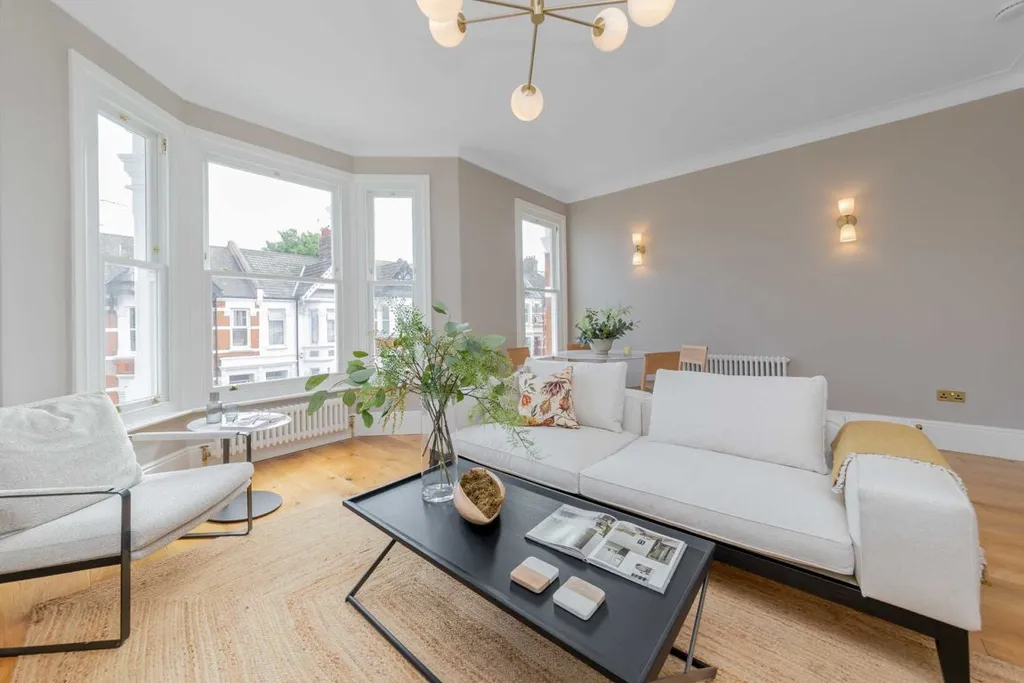
Harlesden
Sellons Ave NW10 4HJ
The project included creating a master bedroom in the loft with an adjoining terrace.
Learn more
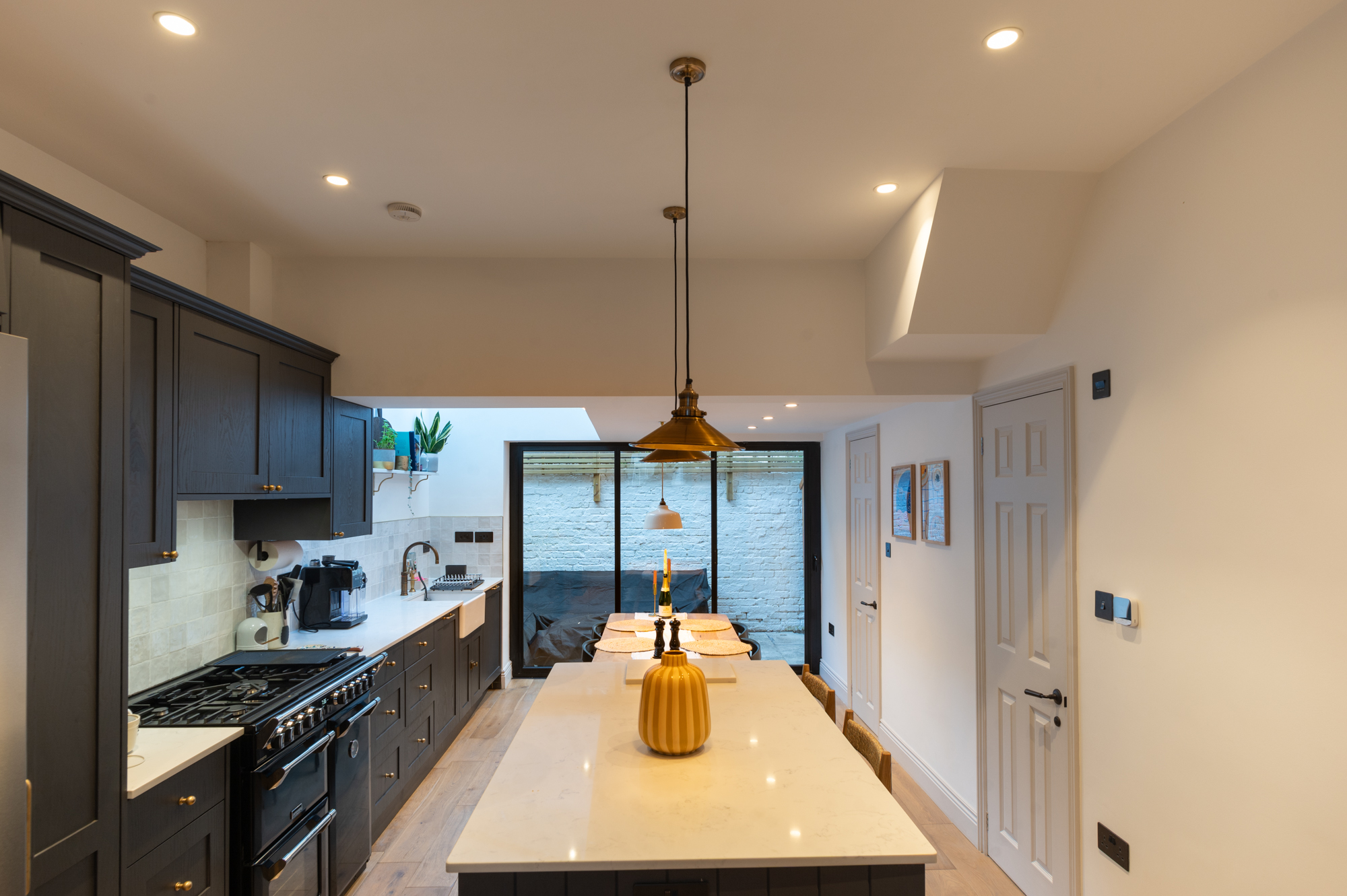
Fulham
Orbain Road SW6 7JZ
This project was completed in 2023 and the approximate budget was £101,000.
Learn more
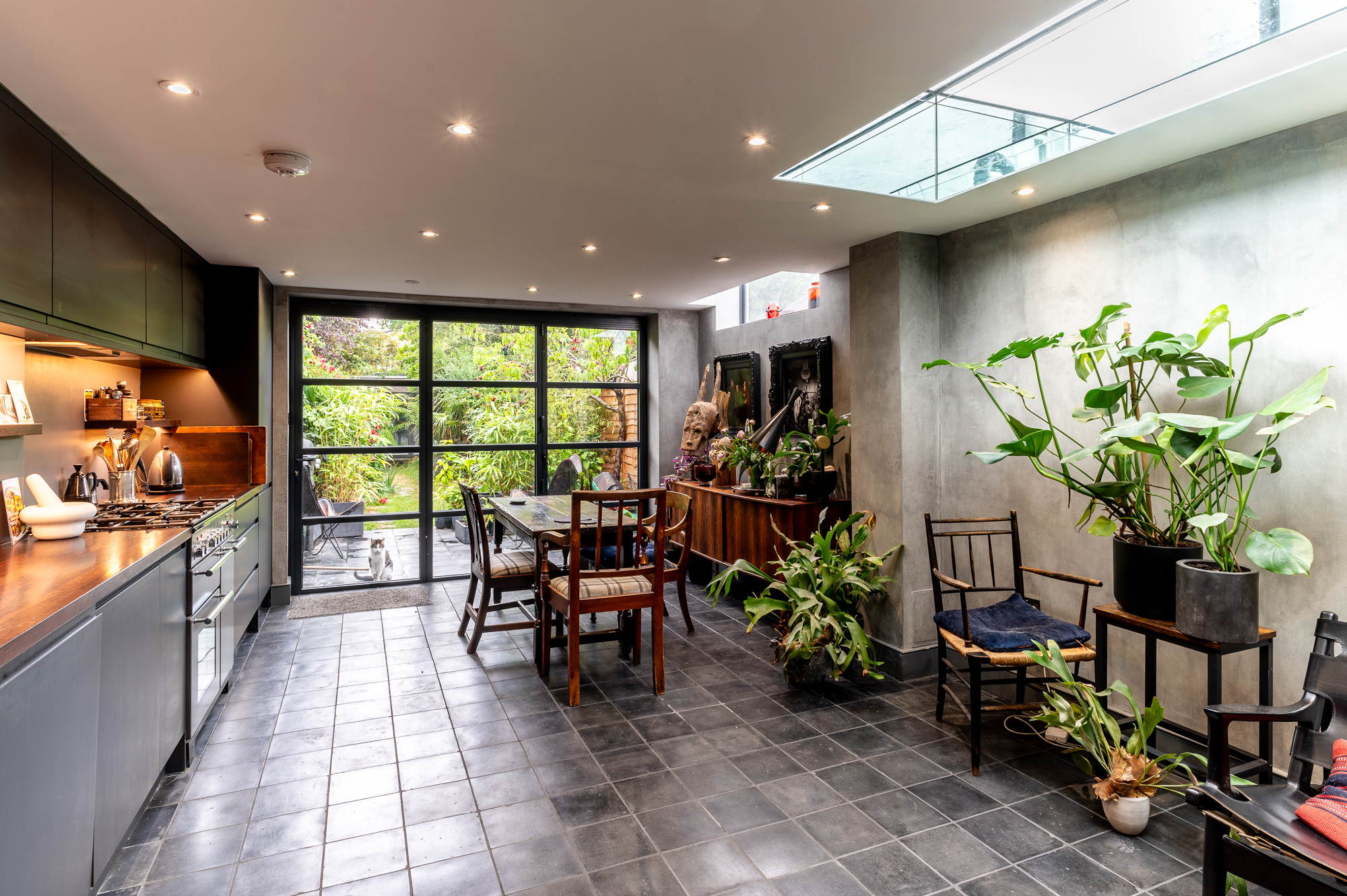
Lambeth
Hetherington Road SW4
We completed this stunning project for our client Angus in Lambeth.
Learn more
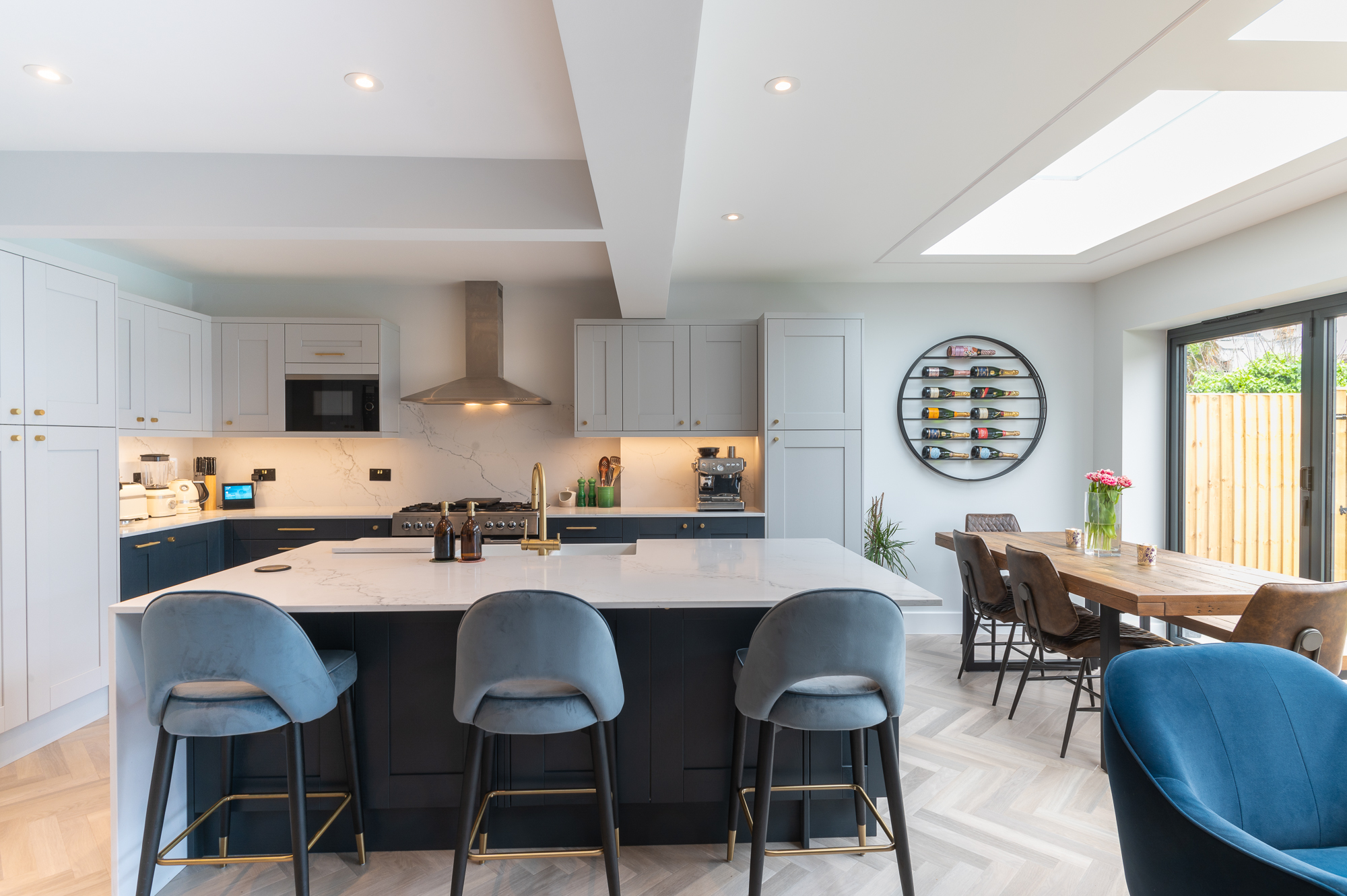
Teddington
Station Road SW4 7PA
We completed this exciting project for our clients on Station Road, a quaint residential area in the heart of Teddington.
Learn more

Leyton
Windsor Road E10
We completed this kitchen extension on Windsor Road, a charming residential street nestled in the heart of Leyton.
Learn more

Harlesden
Sellons Ave NW10 4HJ
The project included creating a master bedroom in the loft with an adjoining terrace.
Learn more

Fulham
Orbain Road SW6 7JZ
This project was completed in 2023 and the approximate budget was £101,000.
Learn more

Lambeth
Hetherington Road SW4
We completed this stunning project for our client Angus in Lambeth.
Learn more

Teddington
Station Road SW4 7PA
We completed this exciting project for our clients on Station Road, a quaint residential area in the heart of Teddington.
Learn more

Leyton
Windsor Road E10
We completed this kitchen extension on Windsor Road, a charming residential street nestled in the heart of Leyton.
Learn more







